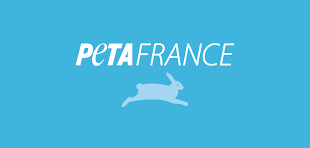
Dolce & Gabbana finally says goodbye to fur and angora
After more than two decades of pressure from PETA entities around the world, luxury fashion brand Dolce & Gabbana has confirmed that it will ban fur and angora from all future collections.
PETA salutes Dolce & Gabbana's timely, compassionate, business-savvy decision to ban fur and angora .
PETA's nearly two-decade campaign
This victory was achieved after years of hard work and follows vigorous campaigning by PETA entities, including strong protests outside and inside its stores and emails to Dolce & Gabbana from more of 300,000 supporters worldwide.
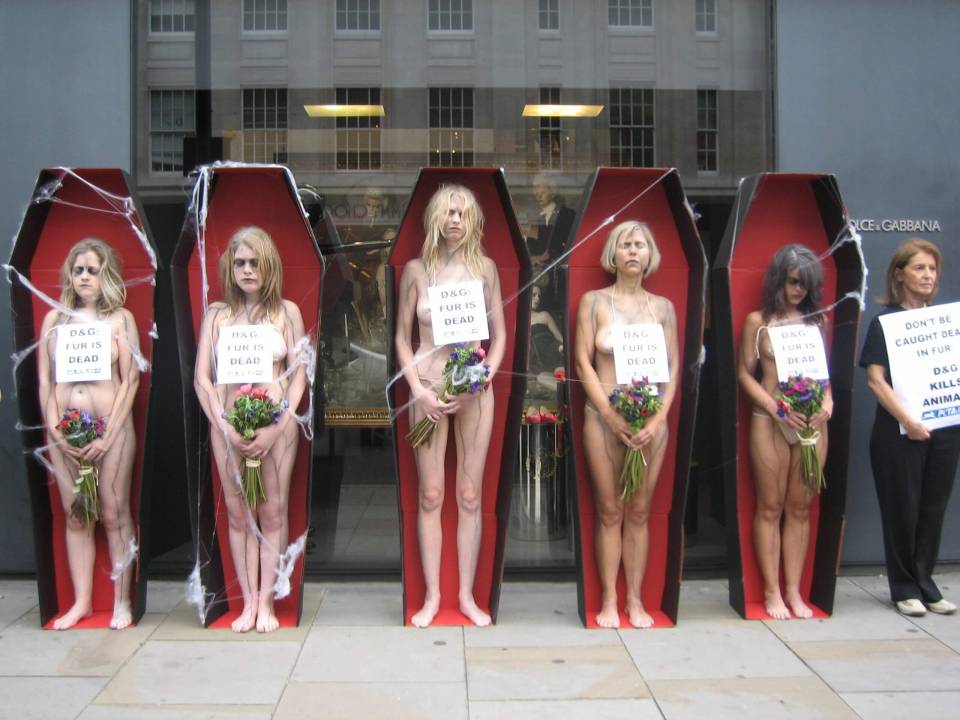
Why did Dolce & Gabbana abandon fur and angora?
Fur
Most of the animals used in the fur industry spend their entire lives in cramped cages, where they move frantically back and forth, gnaw on bars and mutilate themselves.
Earlier this month, Italy joined the growing list of countries that passed legislation banning fur farms.
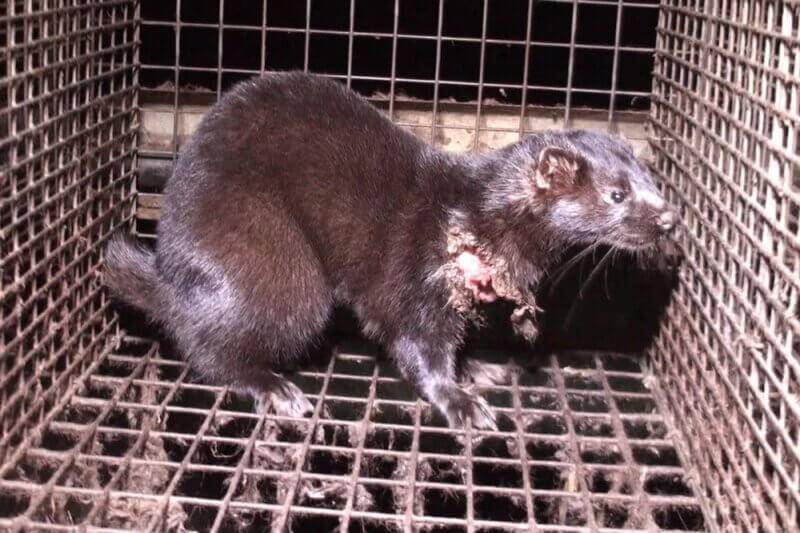
Other animals killed for their fur are caught in steel-jawed traps that slam into the animals' legs, often to the bone, causing excruciating pain and severe blood loss. Some try to gnaw their legs to escape. If the trapped animals do not die of hemorrhage, infection, or the attack of other animals, the trappers strangle, shoot, or beat them to death.
Angora
In Angora farms, rabbits are usually kept in small, dirty, empty cages and dehaired alive up to four times a year.
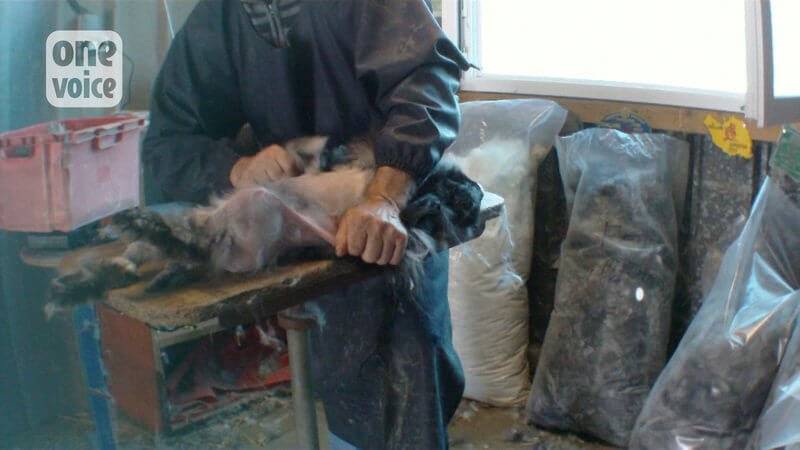
During this terrifying process, they are often tied up as workers pluck hair from their sensitive bodies, while the animals scream in pain.
Animals are not objects we can wear
No one wants to wear the skin and fur of tortured animals, so we encourage other brands to follow suit by removing fur and angora from their collections.
When we ask, they listen. Victories for animals like this are only possible because you take action.
In France, thousands of animals are still slaughtered – gassed, electrocuted, or stunned – and skinned every year to fuel a barbaric fashion of donning someone else's skin and hair. Call for a total ban on the production of fur and angora in France:
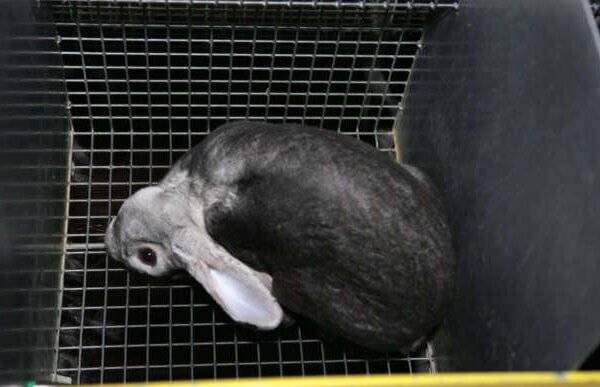
Good news never comes alone, Moncler announces in turn abandoning fur.
We have great news for minks and foxes: Moncler is the latest fashion brand to banish fur. The company's decision to get rid of the fur follows years of pressure from animal rights activists, including nearly 100,000 emails from supporters of PETA entities around the world.
Fur is dead, and designers know it
Moncler is finally getting up to date and joining Chanel, Jean Paul Gaultier, Gucci, Versace, Prada, Valentino, Armani, Canada Goose, the Kering group and just about every major fashion brand, in getting rid of fur.
No one doubts today that fur is as dead as the animals from which it was stolen.
In fur farms, animals typically spend their entire lives confined to cramped, dirty cages, deprived of any opportunity to engage in natural behaviors such as playing, running, finding food and raising families.
The stress of this extreme confinement often drives them mad, and fighting, self-harm, and cannibalism are common. At the end of their miserable lives, they meet an agonizing death, often by gassing, electrocution or poisoning.
Wait, what about the feathers?
Many brands are embracing sustainable and innovative vegan materials because they realize that to be truly ethical, all animal-derived products – including down – must be removed from fashion. PETA revealed that the down is often obtained by plucking the feathers of distressed geese by handfuls, leaving open and bloody wounds.
We encourage all designers who have said no to fur to also stop using feathers.
We did it ! What is the next step ?
Fur is out of fashion, and anyone who still uses this cruelly obtained material is out of touch with modern trends and ethics. So why do the Queen of England's Guard still wear bear fur headdresses? Take action with us online to call on the UK Prime Minister and Ministry of Defense to switch to faux fur:
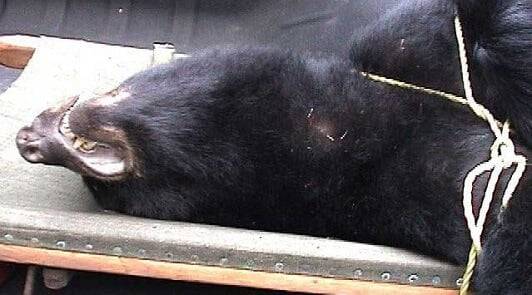
Posted on 2022-01-28 12:00

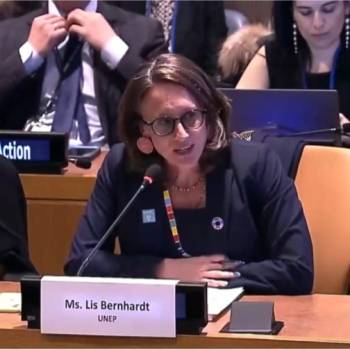






Comments